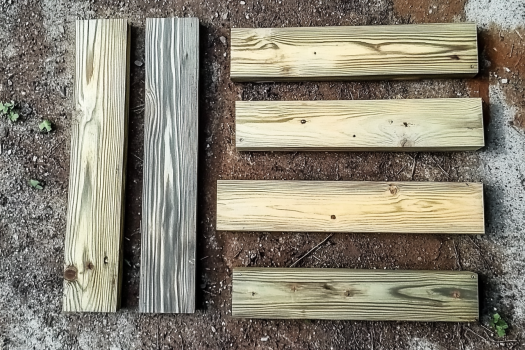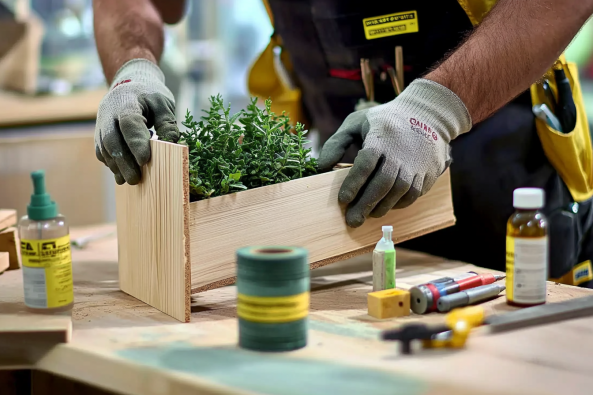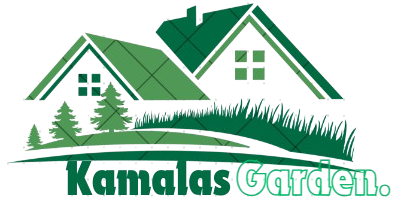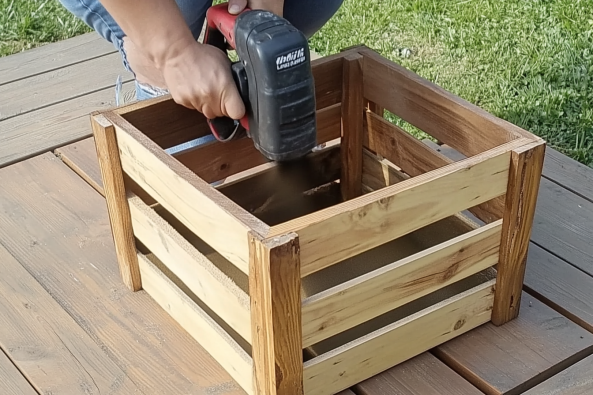Why Build Your Own DIY Planter Box?
Building your own planter box is an easy and rewarding project that offers several advantages over purchasing one. Here’s why you should consider making your own:
Cost Savings vs. Buying a Planter
- Store-bought planter boxes can be expensive. DIY planters allow you to save money while using quality materials.
Customization Options for Size and Design
- Choose your own dimensions, materials, and finish to match your garden or patio aesthetic.
Ideal for Small Spaces, Patios, and Gardens
- A DIY planter is perfect for balconies, patios, and compact garden areas, allowing you to grow flowers, herbs, or vegetables in limited spaces.
Tools and Materials Needed
Only 2 Tools Required!
You don’t need a workshop full of tools for this project—just these two:
- Drill or Screwdriver – For assembling the planter securely.
- Saw (Hand Saw or Circular Saw) – For cutting wood to the required size.
Materials List
To ensure durability and longevity, gather the following materials:
- Wood – Cedar, redwood, or pressure-treated lumber work best for outdoor use.
- Screws or Nails – For securing the planter’s sides and base.
- Optional Waterproof Sealant – To extend the lifespan of your planter.
Step-by-Step Guide to Building Your DIY Planter Box
1: Cutting the Wood

- Follow this simple cut list for easy assembly:
- (2) Side panels: Desired length and height
- (2) End panels: Matching the height of the side panels
- (1) Bottom panel: Fitting the length and width of the assembled sides
- Measuring Tips: Ensure precise measurements for a snug fit before cutting.
2: Assembling the Sides of the Planter
- Align the side panels and attach them securely.
- Using Screws or Nails: Screws provide a stronger hold and are recommended for outdoor use.
3: Attaching the Bottom of the Planter Box
- Secure the bottom panel to the frame for stability.
- Ensuring Proper Support and Drainage: Drill small holes for drainage and airflow.
- Optional: Add a liner or landscape fabric to prevent soil loss.
4: Adding Legs (Optional for Elevated Planter)
- Attach sturdy legs for an elevated planter, ideal for ergonomic gardening.
- Benefits: Raised planters improve drainage and are easier to maintain.
5: Adding the Top Trim for a Finished Look
- Decorative Options: Enhance the design with a top trim for a polished appearance.
- Sanding and Finishing Tips: Smooth the edges for safety and an aesthetically pleasing look.
6: Sealing and Weatherproofing (Optional)

- Protecting the Wood from Moisture and Rot: Apply a waterproof sealant for durability.
- Best Eco-Friendly Sealants for Planters: Look for non-toxic, plant-safe options.
Printable DIY Planter Box Plans (Download Here!)
- Step-by-step measurements
- Easy-to-follow diagrams
- Get access to free downloadable plans: Download Your Free Plan
Tips & Tricks for a Successful Build
Common Mistakes to Avoid
- Skipping Drainage Holes: This can lead to root rot.
- Not Using Outdoor-Grade Wood: Opt for weather-resistant wood for longevity.
- Overtightening Screws: Can cause the wood to crack.
Choosing the Best Location for Your Planter
- Place in an area with sufficient sunlight for your plants.
- Ensure easy access to water for maintenance.
Drainage Tips for Long-Lasting Results
- Use gravel or small stones at the base for better drainage.
- Elevate the planter slightly to prevent water buildup underneath.
FAQs About DIY Planter Boxes
How Deep Should My Planter Box Be?
- The depth depends on what you’re planting. Herbs and flowers need about 6-8 inches, while vegetables like tomatoes need 12-18 inches.
Can I Use Pressure-Treated Wood?
- Yes, but ensure it is labeled safe for gardening. Cedar and redwood are natural alternatives.
Do I Need to Drill Drainage Holes?
- Absolutely! Drainage holes prevent water from accumulating and harming plant roots.
More DIY Garden Project Ideas
DIY Raised Garden Beds for Small Spaces
Elevate your gardening game with space-efficient raised beds.
Easy DIY Trellis for Climbing Plants
Support your vines and climbing plants with a sturdy homemade trellis.
How to Make a Self-Watering Planter
Save time and effort with a self-watering planter that keeps plants hydrated longer.
Related Articles
- 10 Budget-Friendly Gardening Hacks
- How to Build a Vertical Garden in Small Spaces
- Best Soil Mix for Raised Beds and Planter Boxes
By following this guide, you can build your own DIY planter box using only two tools. This project is simple, affordable, and allows you to customize your outdoor space effortlessly!

